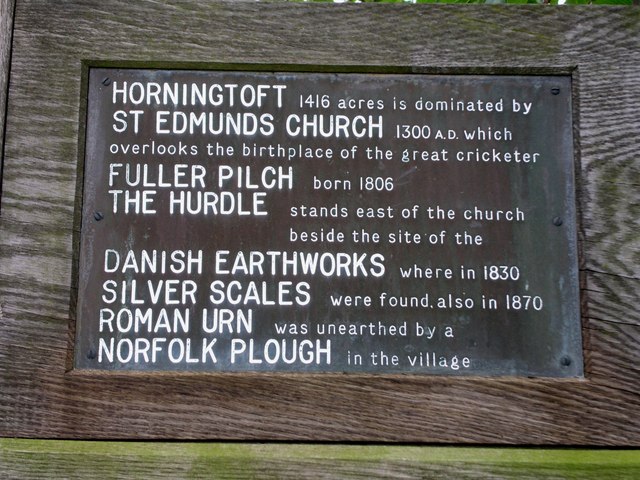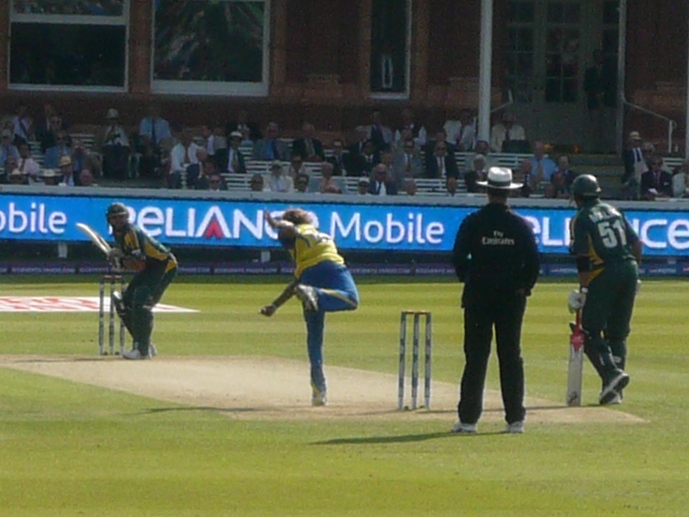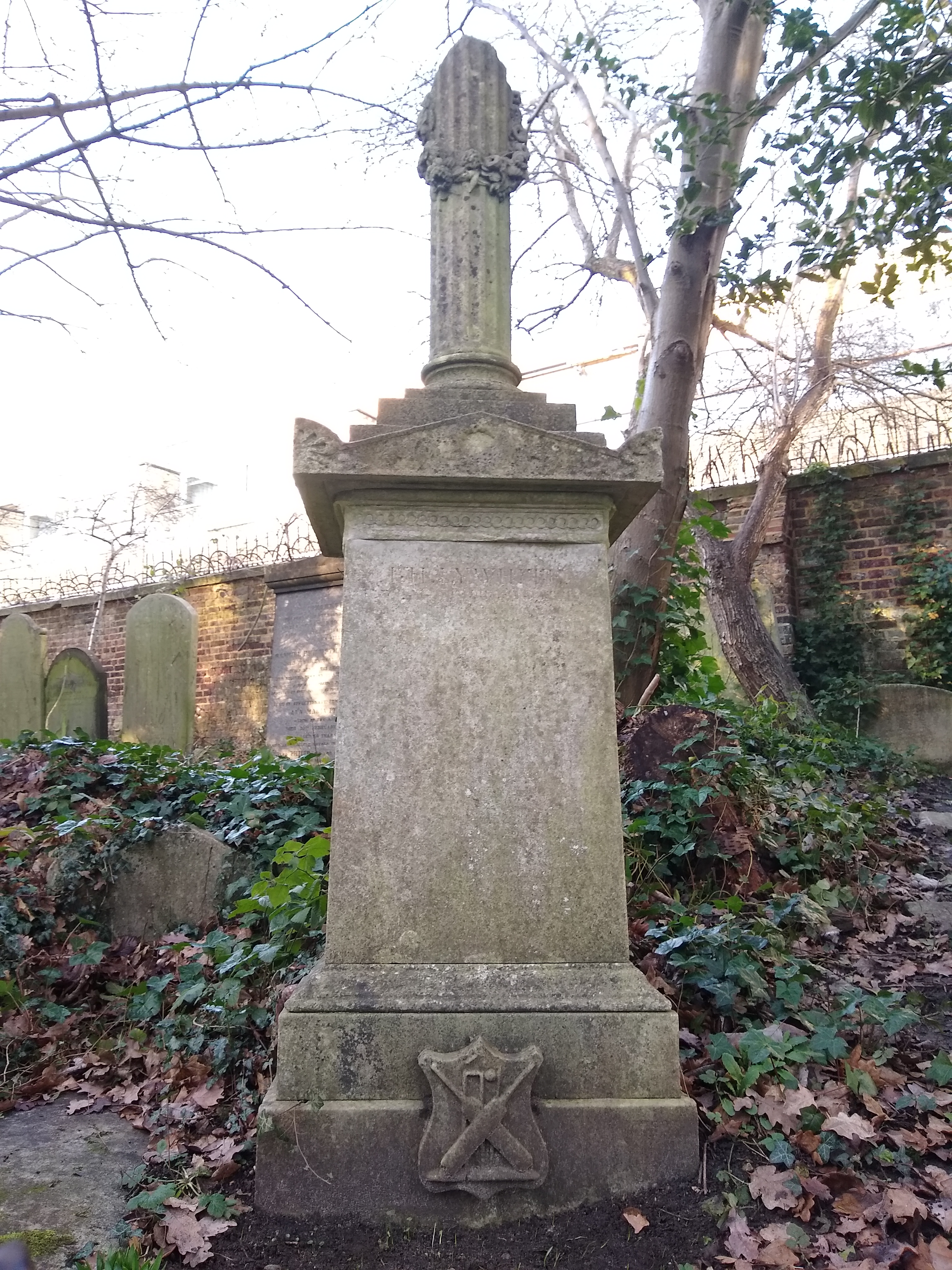|
North V South
The North of England and South of England cricket teams appeared in first-class cricket between the 1836 and 1961 seasons, most often in matches against each other but also individually in games against touring teams, Marylebone Cricket Club (MCC) and others. Until international cricket became firmly established towards the end of the 19th century, the North v South match was one of the major fixtures in the cricketing calendar along with Gentlemen v Players. Indeed it was really ''the'' major fixture because whereas the Gentlemen teams were often very weak, North v South could potentially showcase the best 22 players in the country. In all, the North played against the South 155 times in first-class matches. Early matches – 1836 to 1838 Cricket in the 18th century had been predominantly a southern game, played especially in London and the southeastern counties. It had spread to the northern counties by the 1770s and noted clubs were formed at Manchester, Nottingham and Sheffi ... [...More Info...] [...Related Items...] OR: [Wikipedia] [Google] [Baidu] |
North Of England Cricket Team
The North of England appeared in first-class cricket between 1836 and 1961, most often in the showcase North v South matches against the South of England, although there were also games against touring teams, MCC and others. The inaugural North v South fixture, was held at Lord's on 11 and 12 July 1836. The North won by six wickets. References External sources CricketArchive – list of fixtures Further reading * Rowland Bowen, ''Cricket: A History of its Growth and Development'', Eyre & Spottiswoode, 1970 * Arthur Haygarth Arthur Haygarth (4 August 1825 – 1 May 1903) was a noted amateur cricketer who became one of cricket's most significant historians. He played first-class cricket for the Marylebone Cricket Club and Sussex between 1844 and 1861, as well as num ..., ''Scores & Biographies, Volume 2 (1827-1840)'', Lillywhite, 1862 Former senior cricket clubs Northern England {{england-cricket-team-stub ... [...More Info...] [...Related Items...] OR: [Wikipedia] [Google] [Baidu] |
Run (cricket)
In cricket, a run is the unit of scoring. The team with the most runs wins in many versions of the game, and always draws at worst (see result), except for some results decided by the DLS method, which is used in rain-shortened limited-overs games when the two teams have had a different number of opportunities to score runs. One run (known as a "single") is scored when the two batters (the striker and the non-striker) start off positioned at opposite ends of the pitch (which has a length of 22 yards) and then they each arrive safely at the other end of the pitch (i.e. they cross each other without being run out). There is no limit on the number of runs that may be scored off of a single delivery, and depending on how long it takes the fielding team to recover the ball, the batters may run more than once. Each completed run, if it occurs after the striker hit the ball with the bat (or a gloved hand holding the bat), increments the scores of both the team and the striker. A b ... [...More Info...] [...Related Items...] OR: [Wikipedia] [Google] [Baidu] |
George Jarvis (cricketer)
George Jarvis (24 June 1800 – 27 March 1880) was an English cricketer who played first-class cricket from 1826 to 1841. He was a brother of Charles Jarvis. Jarvis was a right-handed batsman and an underarm fast bowler. He played mainly for Nottingham Cricket Club and Nottinghamshire and made 37 known first-class appearances. Retrieved on 3 December 2008. He represented the Players in the series and played four times for North v. South
The North of England and South of England cricket teams appeared in first-c ...
[...More Info...] [...Related Items...] OR: [Wikipedia] [Google] [Baidu] |
Fuller Pilch
Fuller Pilch (17 March 1804 – 1 May 1870) was an English first-class cricketer, active from 1820 to 1854. He was a right-handed batsman who bowled at a slow pace with a roundarm action. Pilch played in a total of 229 first-class matches for an assortment of teams, but mostly for Norfolk and Kent. He is remembered as a pioneer of forward play in batting, and especially for a shot called "Pilch's poke". Early life Pilch was born at Horningtoft, Norfolk, the third son of Nathaniel Pilch and his wife Frances (née Fuller). They had been married at Brisley and returned to live there when Pilch was young. His father was a cobbler and Pilch himself became a tailor. He followed in the footsteps of his two elder brothers, Nathaniel and William, and became a professional cricketer. Cricket career Pilch's first appearance at Lord's was a three-day match in July 1820, playing for Norfolk. He then went to Sheffield to play cricket and earn his living as a tailor. By the late 1820s, he h ... [...More Info...] [...Related Items...] OR: [Wikipedia] [Google] [Baidu] |
Ned Wenman
Edward Gower "Ned" Wenman (18 August 1803 – 28 December 1879) was an English first-class cricketer whose career spanned the 1825 to 1854 seasons. A specialist wicket-keeper, he was a prominent member of the great Kent team of the 1840s which also featured Nicholas Felix, William Hillyer, Alfred Mynn and Fuller Pilch. Wenman is generally remembered as one of the greatest wicketkeepers of the 19th century. He came from a cricketing family, other first-class players being his cousins George and John, his son William and his brother Charles. In his first-class career, Wenman made 146 appearances, totalling 3,204 runs with a highest score of 73 not out and taking 45 wickets bowling occasionally with a slow underarm style. He held 118 catches and completed 87 stumpings.Carlaw D (2020) ''Kent County Cricketers A to Z. Part One: 1806–1914'' (revised edition), pp. 563–567.Available onlineat the Association of Cricket Statisticians and Historians The Association of Cricket Stat ... [...More Info...] [...Related Items...] OR: [Wikipedia] [Google] [Baidu] |
1849 English Cricket Season
Events January–March * January 1 – France begins issue of the Ceres series, the nation's first postage stamps. * January 5 – Hungarian Revolution of 1848: The Austrian army, led by Alfred I, Prince of Windisch-Grätz, enters in the Hungarian capitals, Buda and Pest. The Hungarian government and parliament flee to Debrecen. * January 8 – Hungarian Revolution of 1848: Romanian armed groups massacre 600 unarmed Hungarian civilians, at Nagyenyed.Hungarian HistoryJanuary 8, 1849 And the Genocide of the Hungarians of Nagyenyed/ref> * January 13 ** Second Anglo-Sikh War – Battle of Tooele: British forces retreat from the Sikhs. ** The Colony of Vancouver Island is established. * January 21 ** General elections are held in the Papal States. ** Hungarian Revolution of 1848: Battle of Nagyszeben – The Hungarian army in Transylvania, led by Josef Bem, is defeated by the Austrians, led by Anton Puchner. * January 23 – Elizabeth Blackwell is awarded her M.D. by the Medi ... [...More Info...] [...Related Items...] OR: [Wikipedia] [Google] [Baidu] |
Pads
Pads (also called leg guards) are a type of protective equipment used in a number of sports and serve to protect the legs from the impact of a hard ball, puck, or other object of play travelling at high speed which could otherwise cause injuries to the lower legs. These are used by batters in the sport of cricket, catchers in the sports of baseball and fastpitch softball, and by goaltenders in sports such as ice hockey, ringette, bandy, rinkball, field hockey, rink hockey and box lacrosse. Cricket In cricket, pads fall into two types, batting pads and wicket-keeper's pads. In Test and first-class cricket, the pads are white (to match the rest of the player's whites), while in limited overs cricket they may be coloured. Batting Cricket pads first appeared in the mid-18th century in England. They were developed to protect the lower part of the legs from the hard leather ball that was used to bowl deliveries in the game. This was in response to the gradual evolution from underar ... [...More Info...] [...Related Items...] OR: [Wikipedia] [Google] [Baidu] |
Bowling (cricket)
Bowling, in cricket, is the action of propelling the ball toward the wicket defended by a batter. A player skilled at bowling is called a ''bowler''; a bowler who is also a competent batter is known as an all-rounder. Bowling the ball is distinguished from ''throwing'' the ball by a strictly specified biomechanical definition, which restricts the angle of extension of the elbow. A single act of bowling the ball towards the batsman is called a ''ball'' or a '' delivery''. Bowlers bowl deliveries in sets of six, called an ''over''. Once a bowler has bowled an over, a teammate will bowl an over from the other end of the pitch. The Laws of Cricket govern how a ball must be bowled. If a ball is bowled illegally, an umpire will rule it a ''no-ball''. If a ball is bowled too wide of the striker for the batsman to be able to play at it with a proper cricket shot, the bowler's end umpire will rule it a ''wide''. There are different types of bowlers, from fast bowlers, whose primary w ... [...More Info...] [...Related Items...] OR: [Wikipedia] [Google] [Baidu] |
Roundarm Bowling
In cricket, roundarm bowling is a bowling style that was introduced in the first quarter of the 19th century and largely superseded underarm bowling by the 1830s. Using a roundarm action, the bowlers extend their arm about 90 degrees from their body at the point where they release the ball. Roundarm fell into decline after 1864 when the current style of overarm bowling was legalised, although W. G. Grace continued to use it to the end of his career. Origin The spread of roundarm in the 1820s was a natural reaction to the growing predominance of batsmen over the age-old underarm style of bowling. Its adherents argued that the legalisation of roundarm was essential to restore the balance between batting and bowling. However, high-scoring matches were still comparatively rare owing to vagaries in pitch conditions. The idea of roundarm is sometimes attributed to Christiana Willes, sister of Kent cricketer John Willes. The story goes that when bowling to her brother in the garden a ... [...More Info...] [...Related Items...] OR: [Wikipedia] [Google] [Baidu] |
St Bartholomew's Hospital
St Bartholomew's Hospital, commonly known as Barts, is a teaching hospital located in the City of London. It was founded in 1123 and is currently run by Barts Health NHS Trust. History Early history Barts was founded in 1123 by Rahere (died 1144, and entombed in the nearby Priory Church of St Bartholomew the Great), a favourite courtier of King Henry I. The dissolution of the monasteries did not affect the running of Barts as a hospital, but left it in a precarious position by removing its income. It was refounded by King Henry VIII in December 1546, on the signing of an agreement granting the hospital to the Corporation of London.''St Bartholomew's Hospital'' ''Old and New London'': Volume 2 (1878), pp. 359–363. Retrieved 30 January 2009 The hospital became legally styled as the "House of the Poore ... [...More Info...] [...Related Items...] OR: [Wikipedia] [Google] [Baidu] |
Alfred Mynn
Alfred Mynn (19 January 1807 – 1 November 1861) was an English first-class cricketer during the game's "Roundarm Era". He was a genuine all-rounder, being both an attacking right-handed batsman and a formidable right arm fast bowler. Cricket writer John Woodcock ranked him as the fourth greatest cricketer of all time. Simon Wilde wrote of him: "The speed at which Mynn bowled... and his life-size personality captured the imagination of the public in a way no cricketer had before." Mynn was born at Twisden, near Goudhurst in Kent, the fourth son of a gentleman farmer. He was a hop farmer, and was married to Sarah, in 1828. They had many children, five of his daughters survived to adulthood and Sarah Mynn outlived her husband by twenty years. He was a very large man by any standard, bearing comparison with W. G. Grace. He was well over six feet tall and weighed more than 21 stones (294 lbs). He was known as "the Lion of Kent" and it was for Kent that most of his greatest fe ... [...More Info...] [...Related Items...] OR: [Wikipedia] [Google] [Baidu] |
William Lillywhite
Frederick William Lillywhite (13 June 1792 – 21 August 1854) was an English first-class cricketer during the game's roundarm era. One of the main protagonists in the legalisation of roundarm, he was one of the most successful bowlers of his era. His status is borne out by his nickname: ''The Nonpareil''. Lillywhite's known first-class career spanned the 1825 to 1853 seasons, and he played for Sussex County Cricket Club as well as the Marylebone Cricket Club, and also represented Surrey, Hampshire, and Middlesex in the period before the formation of the current county clubs. Detailed bowling figures for many of his matches are not known: he took 1576 wickets in 237 matches, and took 155 five-wicket hauls and 55 ten-wicket hauls. He was an original member of William Clarke's All-England Eleven. Part of a cricketing dynasty, he was the father of John Lillywhite and Fred Lillywhite, and uncle of James Lillywhite. Career Early days Lillywhite was born on 13 June 1792 in Wes ... [...More Info...] [...Related Items...] OR: [Wikipedia] [Google] [Baidu] |
.jpg)

.jpg)




